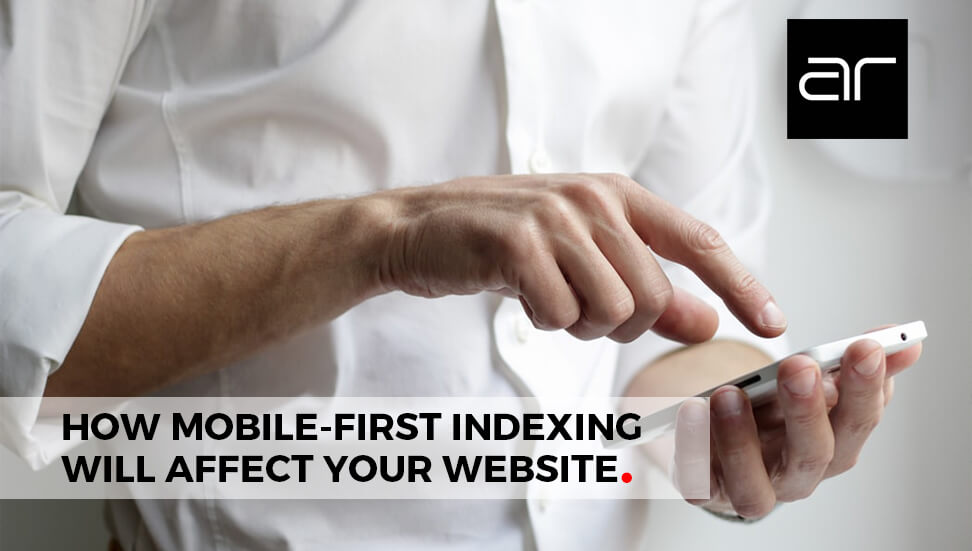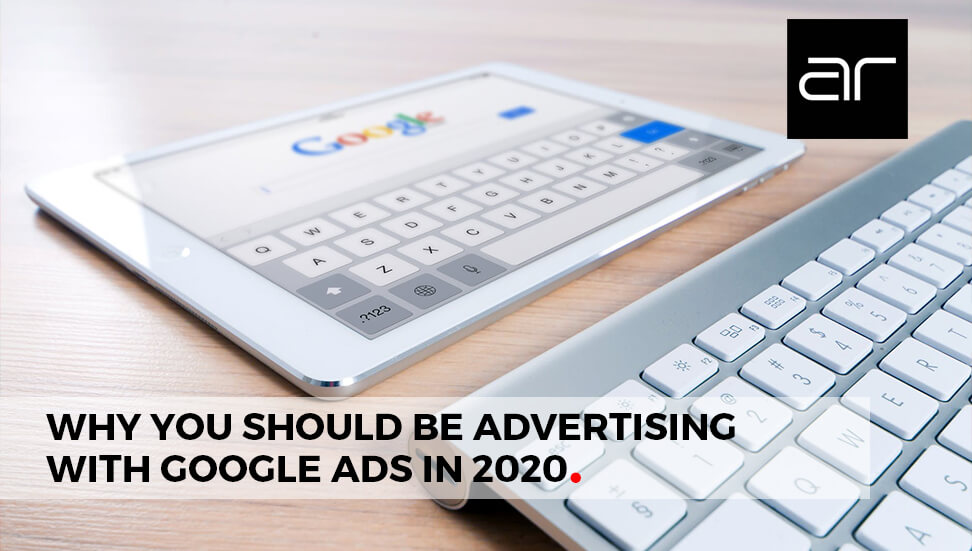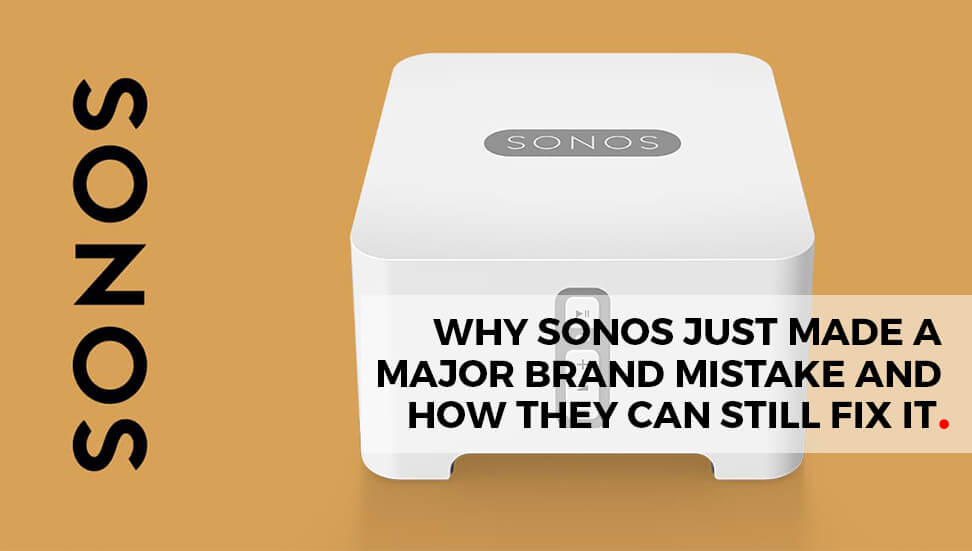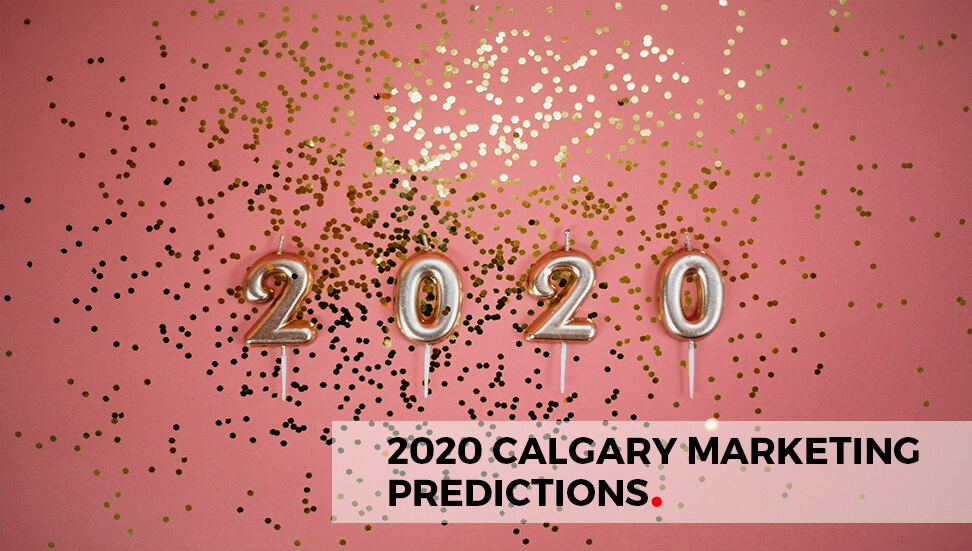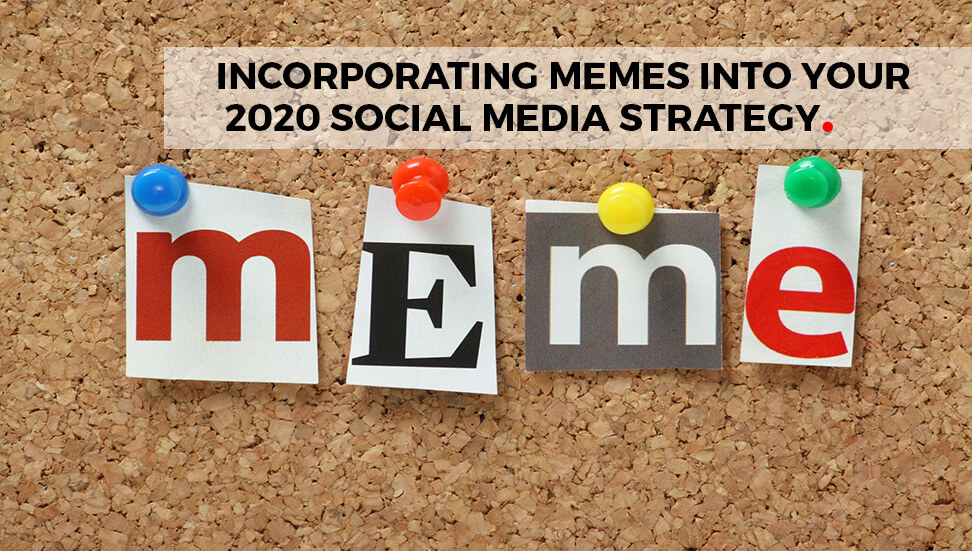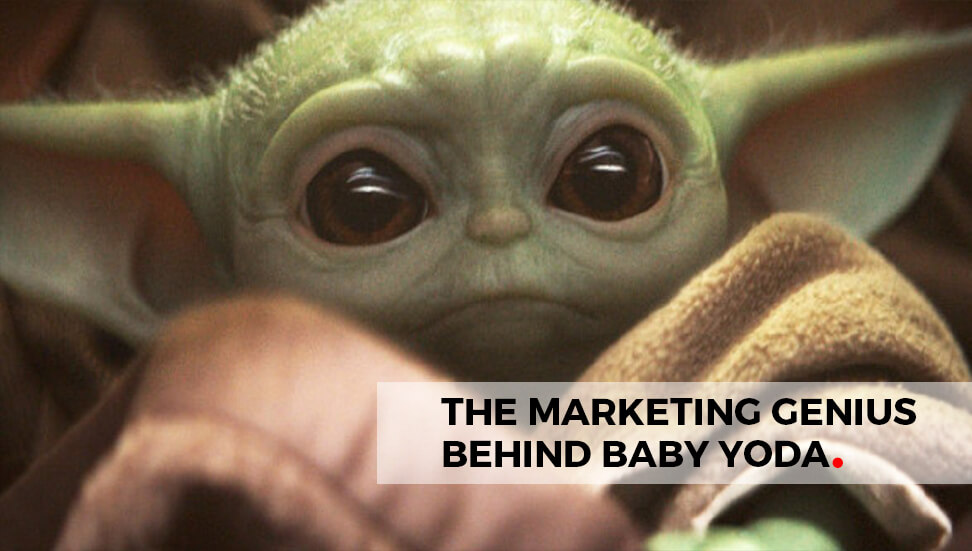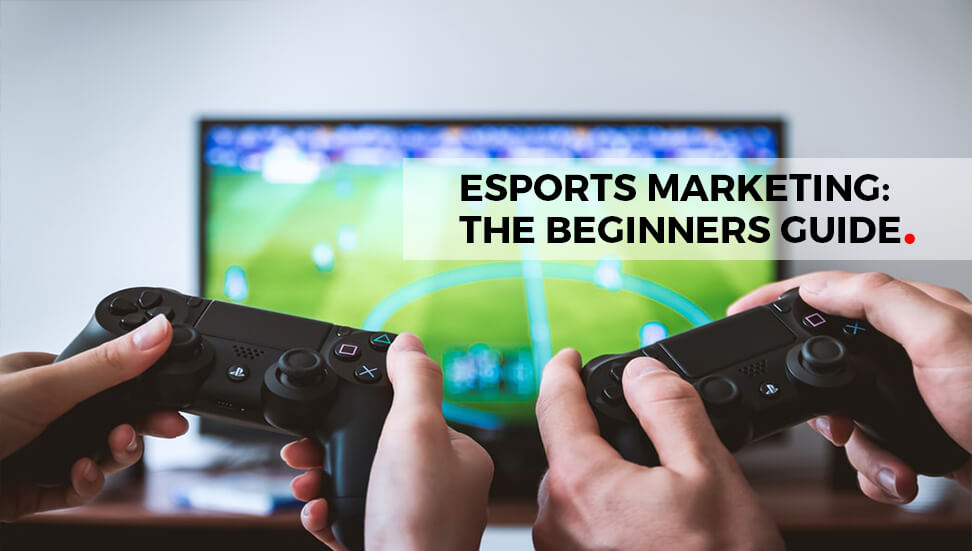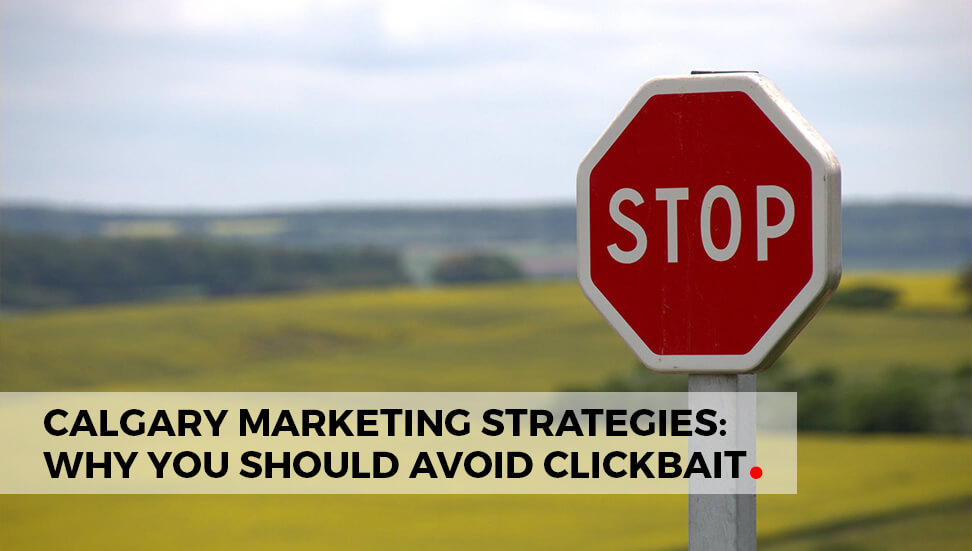False promises, time-wasting and unrealized expectations is what comes to mind when we hear the term “clickbait”. Clickbait is a common tactic used across webpages, social media sites, and blogs. If you are not so familiar with the term, you may be surprised to learn what it is. In fact, you’ve probably encountered it in your day to day life. If clickbait has a negative connotation, it only makes sense you should avoid it when developing your Calgary marketing strategies. Today we are going to discuss what clickbait is, how it works, why you should avoid it and how to get clicks without it. Here is what you need to know:
What is Clickbait?
Clickbait is everywhere; you have seen it and chances are, you’ve clicked it. Clickbait is defined as any content with a captivating headline that lacks quality and value when clicked. In more simple terms, it is any piece of content used in misrepresenting or over-promising in order to pull traffic to a particular website – then fails to deliver on the promise made to the user.
Listicles, which aggregates the content received from different sites to pull traffic (a wide range of web users) to one site, is one of the most common clickbait types on the internet. Clickbait is usually a very short-length article with barely 300 words lacking original content or ideas. Rather, they contain summarized content of longer posts or embedded multimedia from other sources that do not correspond to their headlines.
How Clickbait Works:
Clickbait makes use of exaggerated headlines that hold out an incredible promise that keeps reeling web users in. Even users who are aware of what it is, keep falling for it because it plays on the curiosity of web users. It seems to hold out a reward for users when they click, but they often disappoint. They have been in existence since the 19th century and offers instant gratification.
Many businesses use clickbait as a means to generate web traffic. Furthermore, listicles related to specific industries save web users the time and effort needed in getting information from different sites on their own. By such an increase in traffic, the presence of a site on a site engine can gain a tremendous rise. This is not a bad thing, right?
Brands will rely on clickbait when they are more interested in generating revenue from advertising. Simply put, they care more about traffic than the quality of their content. So, you may be asking yourself “why should you avoid using clickbait?”.
Why you Should Avoid Clickbait:
Ultimately, clickbait is not considered one of the sustainable Calgary marketing strategies. Furthermore, it can lead to loss of potential subscribers or customers if they are continuously dissatisfied with their interacting with your brand. Here are some factors to consider before using Clickbait as one of your Calgary marketing strategies.
Bounce rate:
Clickbait is generally considered to be low quality and has a high bounce rate. This is because the user quickly discovers the site has no relevance to what is sought out and they promptly exit the site. Clickbait only promises to get clicks, however, it falls short when grabbing a user’s attention. Search engines pay keen attention to bounce rates. Search engines such as Google classify sites with higher bounce rates to be less valuable to audiences, thus, negatively affecting the website’s ranking in the long term.
Facebook frowns on it:
The new Facebook algorithm reveals an intolerance for clickbait. It identifies posts of companies that fall into this category and prevents them from appearing in the News Feeds of its users.
It tarnishes trust:
Visitors to your webpages wont be happy when they realize they have been misled, duped or have had their time wasted. If your content is misleading, you may get clicks initially, however, users will immediately leave when they realize they’ve come to the wrong place. This effectively tarnishes your reputation as a brand and degrades the level of trust held by your customers and visitors to your website. This is bad news for business.
To avoid using clickbait, you must create genuine and authentic content that will not only win the trust of your visitors but will rank your site higher on search engines.
How to Write an Engaging Article:
Make use of an eye-catching and authentic title:
The title of your content is key to catching the attention of your audience. For an engaging article, make use of an eye-catching short title that concisely summarizes your well-researched, useful content. To rank better with search engines, include a keyword in your title.
The content of the article:
Streamlining your articles with current trends is another way to get a large amount of traffic to your site. When you make your article relevant to its title, your visitors are obliged to spend more time on the site and navigate through it. If you promise to provide a specific material, make sure you include it!
Call to action:
After catching the attention of your audience, you must tell them what to do. Do not leave them hanging. Include a call to action in your article. If you are selling products, urge them to make purchases to solve their issues, if creating awareness is your goal, direct them to relevant pages to get more information. When you solve the needs of your audience, they will keep returning to you.
At the end of the day, clickbait is not a long-term, reliable marketing strategy. Even though clickbait will pull much traffic to your site, it is volatile and an unreliable marketing technique. It will serve you and your clients better to engage in creating quality content!


